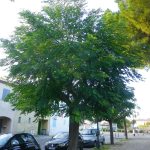
Image – Flickr/Brisbane City Council
Plants have managed to adapt to a great diversity of environments, and although we find more variety of species in tropical forests than in arid regions, the truth is that if we live in a place where it rains little we will have to opt for the latter if we want to enjoy a low maintenance garden or terrace.
And it is that plants for arid or semi-arid climates will be the ones that provide us with the most joy, since they need much less water than others; hence it is very interesting to get some and decorate with them. Take a look at the ones we recommend.
Characteristics of the arid and semi-arid climate
It is important first to know the characteristics of the hot arid and semi-arid climate, since this way we can make better decisions when choosing some plants or others. So let's go to it:
- Dry weather: The average annual temperature is 18ºC, with maximums that can exceed 50ºC, and minimums of -30ºC or even lower in cold deserts. As for the rains, they do not exceed 300mm, and they are irregular. In the driest deserts they do not exceed 2mm.
- semi-arid climate: it is a type of climate that is somewhat more humid and a little less hot. The average annual temperature is between 14 to 17ºC, depending on the area; and rainfall ranges between 300 and 700mm. These are somewhat more regular, often seasonal, as occurs in the Mediterranean region in mid/late summer. In addition, there may be significant frosts, or they may be very weak.
What are the best plants for arid and semi-arid climates?
Now that we have an idea of what the arid and semi-arid climate is like, it is time to know what plants can live in those conditions, such as the ones we recommend below:
Agave victoriae-reginae

Image - Wikimedia / MrPanyGoff
El Agave victoriae-reginae It is a type of succulent with fleshy leaves, dark green in color and with some white lines on its surface. It has a black spine at the tips, which measures less than 0,5 centimeters. Once mature, measures up to 35 centimeters high by about 40 centimeters wide. The only drawback is that after flowering it dies, but before doing so it will have produced suckers and numerous seeds. It supports punctual frosts of up to -8ºC.
Aloe vera

El Aloe vera It is a non-cactus succulent that reaches a height of 40 centimeters. It has fleshy green leaves, often with white spots when young. It blooms in spring, producing tubular yellow flowers.. It withstands cold very well, as well as occasional frosts of up to -2ºC.
Brachychiton rupestris

Image – Flickr/Louisa Billeter
Known as the Queensland bottle tree, this is a semi-evergreen tree; that is to say, that it runs out of some leaves at some point in the year, that reaches an approximate height of 20 meters. From a young age it has a thick trunk, which acquires the shape of a bottle over the years, reaching about 50 centimeters thick. Depending on the climate, it drops some of its leaves in winter or, if tropical, during the dry season. It supports weak and punctual frosts of up to -3ºC.
Dimorphotheca ecklonis
La dimorphotheque It is a perennial herb that reaches a height of up to 40 centimeters, and a width of up to 2 meters. It is a plant that can be used as a groundcover, although you have to take into account that it does not resist trampling. Blooms in spring and summer. Its flowers resemble those of daisies, and are lilac, white, orange, red, pink. It resists up to -4ºC.
Lavandula angustifolia
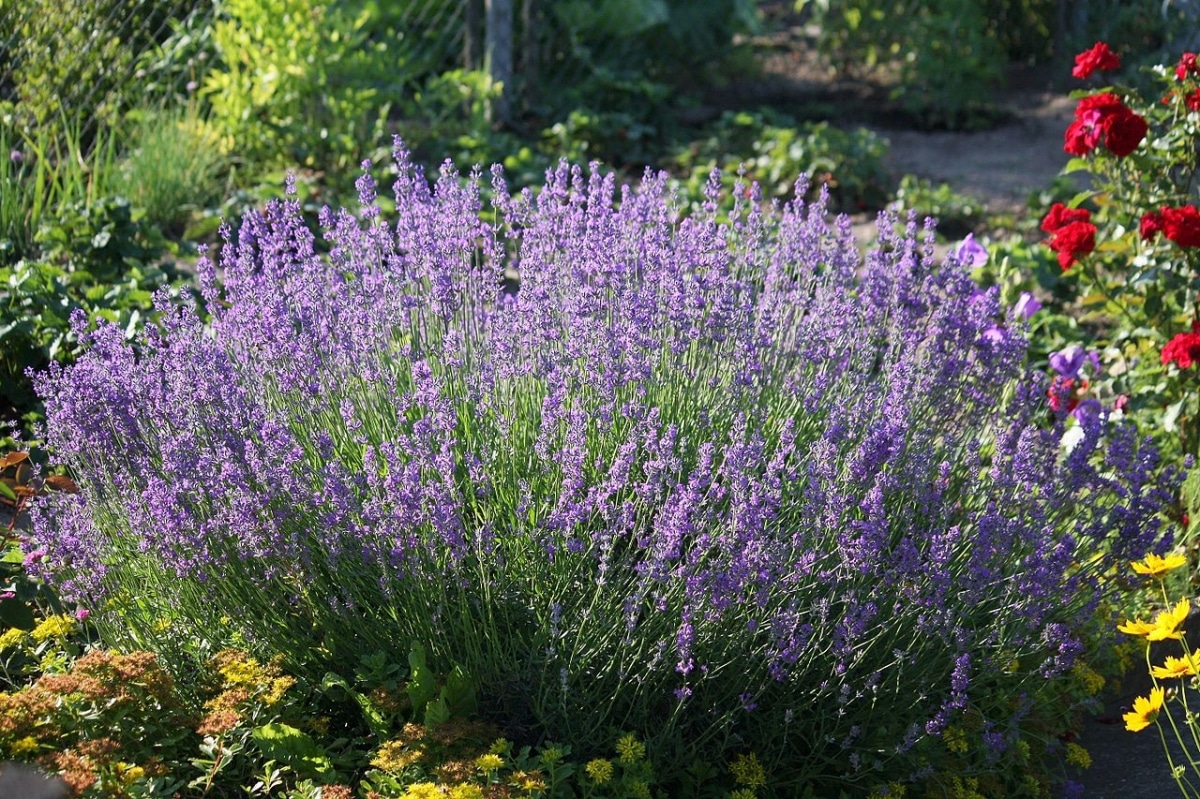
Image - Wikimedia / Maja Dumat
There are many types of lavenders, and all of them are drought resistant plants. However, we recommend the L. angustifolia since it is native to the peninsular Mediterranean coast and the Balearic Islands, so we speak of a species "very ours" capable of withstanding temperatures of up to 40ºC and lack of water very well. It grows up to a meter in height by about the same in width. AND blooms in spring, producing lilac flowers. In addition, it resists frost down to -12ºC.
Melia sourach
- Image - Wikimedia / WAV12
- Image - Wikimedia / Michel Chauvet
La Melia sourach It is a nice deciduous tree very interesting for gardens where the climate is semi-arid. It grows very fast, reaching 15 meters in height in a few years. It develops a wide canopy, in the shape of a parasol or parasol, populated by odd-pinnate green leaves that turn yellow in autumn. It blooms in spring, producing small lilac flowers.. Withstands frosts down to -15ºC.
Olea europaea
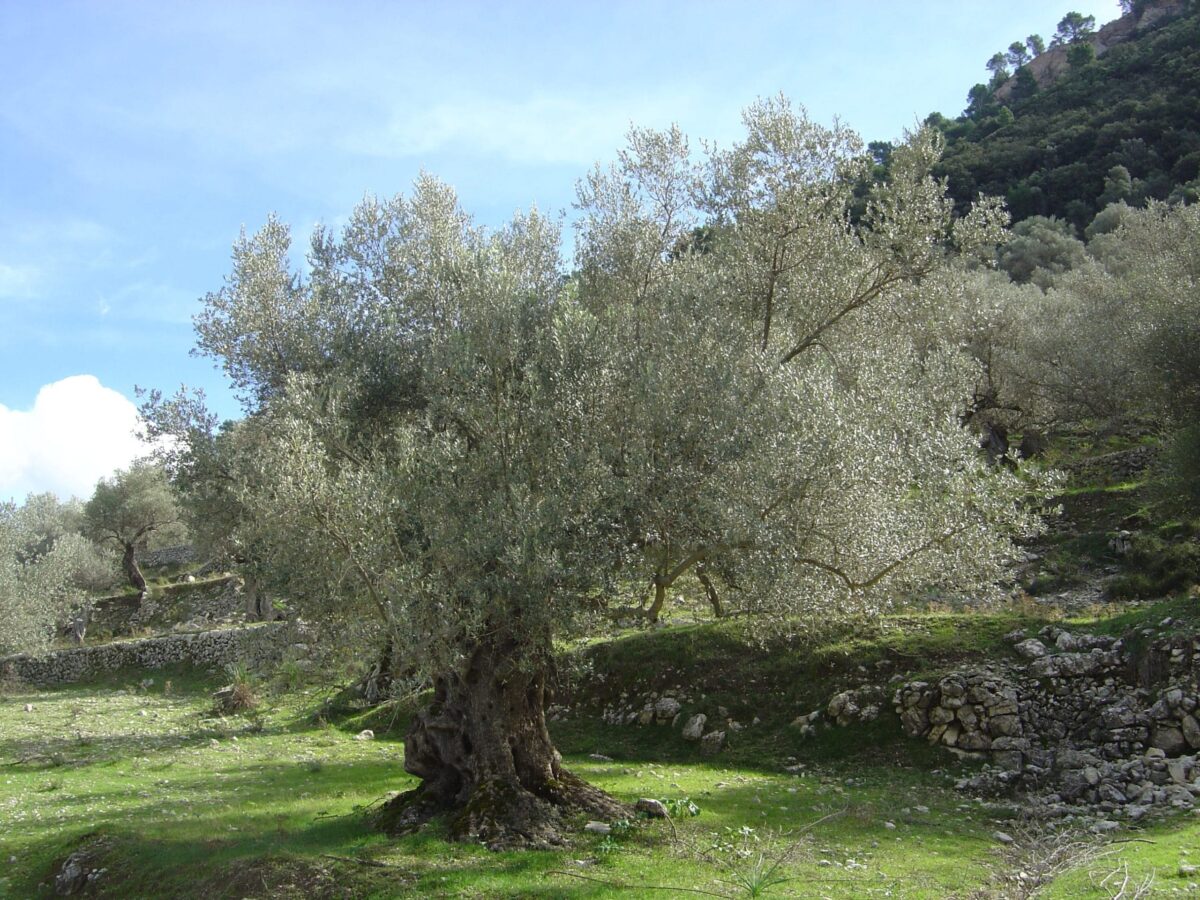
Image - Wikimedia / David Brühlmeier
El olive It is an evergreen tree that reaches a height of 15 meters. Its trunk tends to thicken quite a bit over time, reaching a diameter of 1 meter, sometimes a little more. Its leaves are dark green on the upper side and lighter on the underside. It flowers in spring, and its fruits, the olives, ripen in summer. It resists frosts down to -4ºC.
Opuntia microdasys

Image - Flickr / Drew Avery
La Opuntia microdasys it is a cactus that branches a lot since it is young, and that can reach a meter in height. The segments are green, and from their areolas sprout a large number of very thin spines that look like short yellow or brown hairs. Its flowers are yellow and measure 4 centimeters in diameter.. It resists punctual and short-term frosts of up to -4ºC, but only if the soil is dry.
Phoenix dactylifera
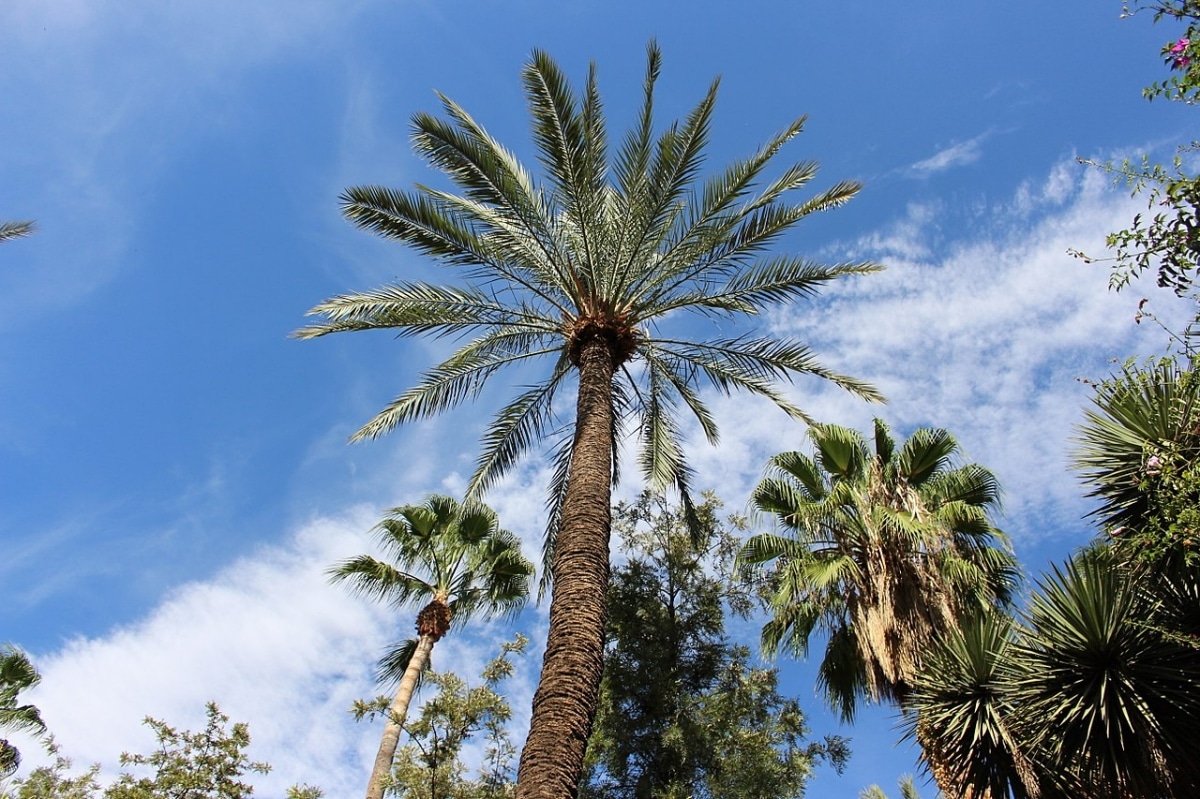
Image - Wikimedia / Emőke Dénes
La date palm It is a plant that can develop one or several trunks up to 30 meters high. Its leaves are pinnate, blue-green, and spiny. Its flowers are grouped and erect inflorescences, and they are yellow. It produces edible fruits, the so-called dates, which ripen in summer. Resists up to -4ºC.
tamarix gallica
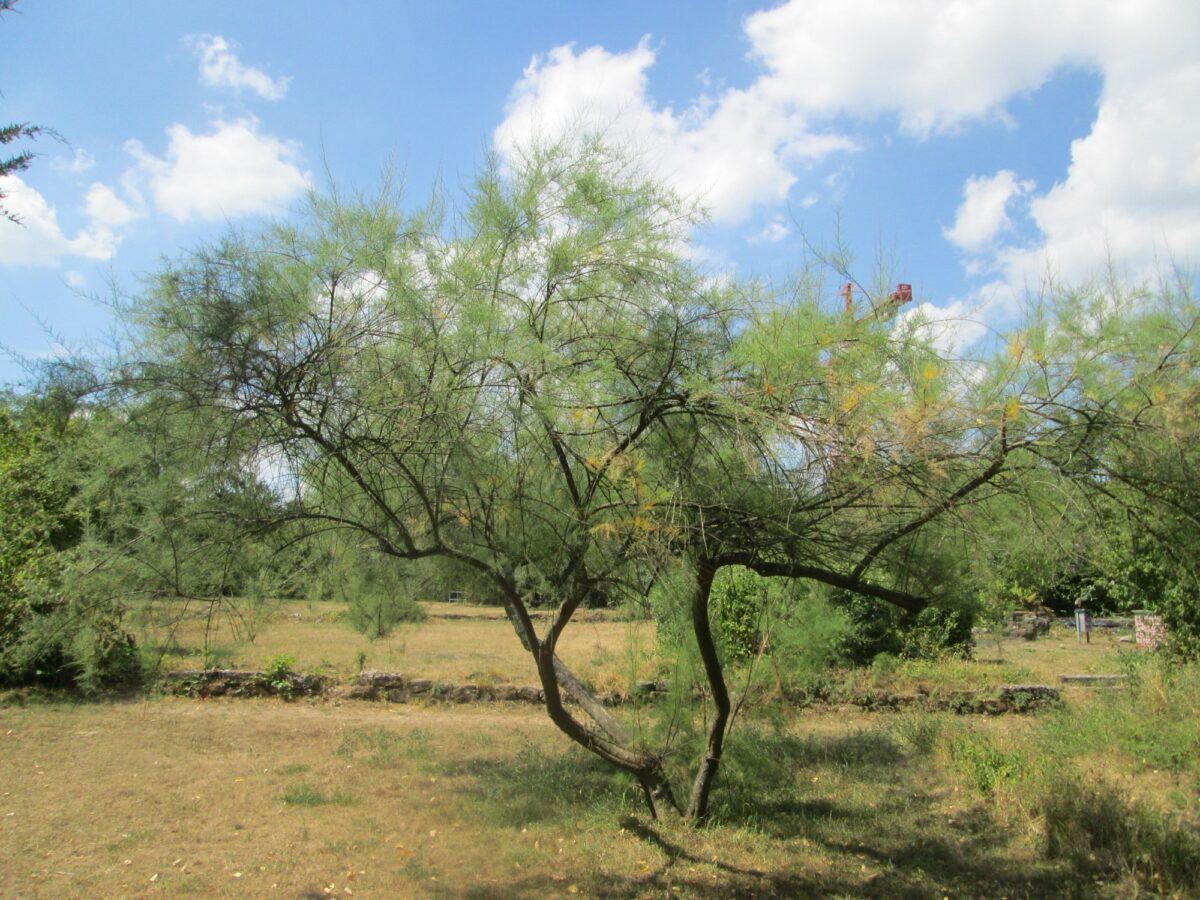
Taray // Image - Flickr / Andreas Rockstein
Known as taray or tareIt is a deciduous tree that reaches a height of 6 meters. It has an irregular crown, with somewhat weeping branches, something that gives it a very interesting appearance. Its leaves are small, in fact they look like scales so they can go unnoticed. Blooms in spring and summer, producing a large number of pink flowers. It resists up to -12ºC.
Which of these plants for arid climates did you like the most?

